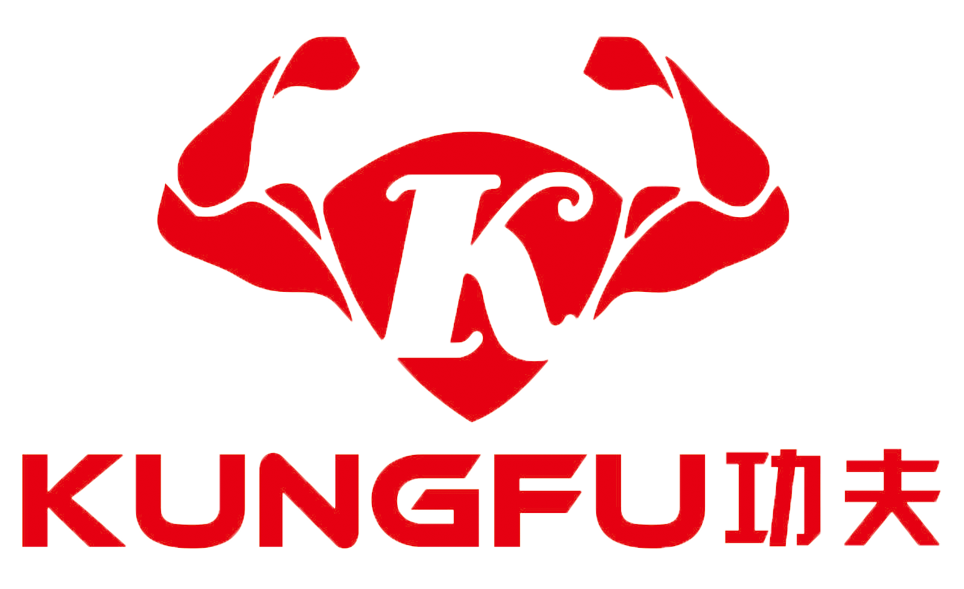Choosing the right dumbbells is crucial to developing and executing a fitness plan. The following will be a detailed analysis of the type, material, weight, and suitable training parts and plans of dumbbells.
1. Types of dumbbells:
2. Dumbbell material:
3. Weight of dumbbell:
Choosing the weight of dumbbells should be based on your individual fitness level and training goals. Generally speaking, it is recommended to start with lighter weights and gradually increase the weight to increase the intensity of your training.
a. Beginners: For beginners, it is recommended to choose lighter dumbbells and use adaptive training to improve muscle endurance and adaptability.
b. Intermediate bodybuilders: Intermediate bodybuilders can choose moderate weights to increase muscle strength and shape their body.
c. Advanced bodybuilders: Advanced bodybuilders can choose heavier dumbbells for high-intensity strength training and muscle explosive training.
4. Suitable training parts and plans:
a. Chest: Use dumbbell bench press, dumbbell fly and other movements for chest training, which can enhance the strength and shape of the pectoralis major, pectoralis minor and other muscles.
b. Shoulders: Using dumbbell front raises, lateral raises and other movements for shoulder training can enhance the strength and stability of the shoulder muscles.
c. Back: Using dumbbell rows, dumbbell deadlifts and other movements for back training can enhance the strength and stability of the latissimus dorsi, trapezius and other muscles.
d. Legs: Use dumbbell squats, dumbbell lunges and other movements for leg training, which can enhance the strength and endurance of muscles such as thighs and calves.
e. Arms: Use dumbbell curls, dumbbell neck arm extensions and other movements for arm training, which can enhance the strength and shape of the biceps, triceps and other muscles.
f. Core: Core training using dumbbell push-ups, dumbbell side planks and other movements can enhance the strength and stability of abdominal muscles, waist muscles and other muscles.
Choosing the right dumbbells is a crucial part of your fitness plan. Choosing the appropriate type, material and weight of dumbbells according to your personal fitness level, training goals and training areas, combined with a scientific and reasonable training plan, will help you achieve better fitness results.
